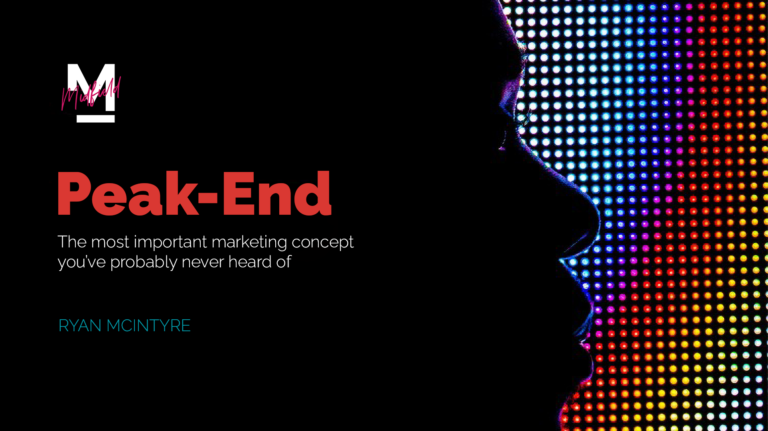(this is for our friend Tony Chapman – thought you’d like this)
The Emotional Evolution of Brand Engagement in a Consumer-Driven World
Ah, the good old days when advertising was as simple as plastering your message in the right place at the right time, borrowing the attention of your audience, and hoping it would stick. But, like a fine wine or a questionable reality TV show, brand engagement has evolved into something much more complex and nuanced. As consumers take the driver’s seat in their relationship with brands, it’s high time we had a little chat about what it means to be at arm’s reach of desire in the ever-changing landscape of marketing.
This is what we say at our agency:
We grow brands by transforming their most important consumer touchpoints into personal and compelling experiences.
Gone are the days when brands could only advertise to consumers, forcing their way into the media that people enjoyed. Now, it’s all about creating personal and compelling experiences, transforming the most important consumer touchpoints to foster an emotional connection. After all, the heart wants what it wants, and our job is to make sure it wants your brand. Think about life and the way that people ‘bump into’ your brand. This isn’t static nor is it purely rational or straightforward.
The idea of being at “arm’s reach of desire” was first introduced by an early founder of Coca-Cola, Robert Woodruff, who was its president from 1923 through to 1985 – what a run! A concept at the time that meant to be everywhere where people might desire a refreshing beverage. But, what if we take this old notion and give it a modern spin? No longer is it only about physical proximity; it’s about the mental and emotional openness a consumer has to be persuaded by a brand, in just the right way and at just the right moment.
So, how can we adapt to this brave new world of more genuine consumer brand relationships? Here are the ways we try to transform the touchpoints and create the new arm’s reach of desire in today’s more modern world
- Know Your Audience: Understanding your target audience’s deeper needs, desires, and habits is essential in creating experiences that resonate with them. Dig deep into your audience’s psyche to know what makes them tick and use that knowledge to your advantage. Get crafty and deep with your research.
- Create Authentic Connections: Consumers demand genuine connections with the brands they choose to support. Let these connections be guided by your brand’s unique purpose, vision, and personality – This is how you show up uniquely in a way that no other brand can. Get creative. Little nudges, easter eggs hidden in your brand world. Special meanings. Ways to behave that are meaningful.
- Be Consistent Across Touchpoints: Consistency is key when it comes to building a strong brand identity. Make sure your messaging, tone, and visuals align across all channels and touchpoints, creating a seamless and coherent brand experience. That’s how you tell a story…see the next point.
- Embrace the Power of Storytelling: A compelling story can make all the difference in capturing your audience’s imagination and emotions. Leverage the art of storytelling to create experiences that captivate your consumers and leave a lasting impression.
- Be responsive. Listen and adapt but don’t turn tail/tale every time you get a mean comment. You can’t be for everyone. That is the trap that too many modern brands fall into. If you set out to please all the people all the time, you end up pleasing nobody.
In conclusion, the arm’s reach of desire can be evolved from a simple concept of physical availability to a much more intricate dance of emotional persuasion. By transforming your brand’s touchpoints into personal and compelling experiences, you’ll create lasting connections with your audience and ultimately, grow your brand. After all, the more you become intertwined with who they are as people, the more they will choose you rather than one of your competitors.














